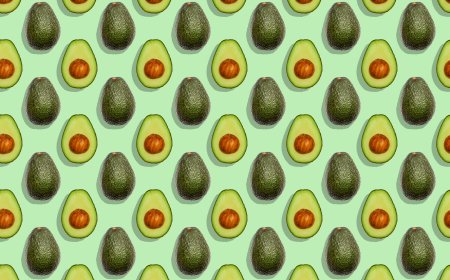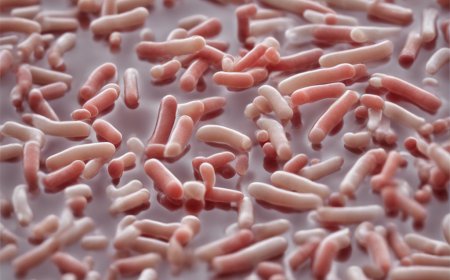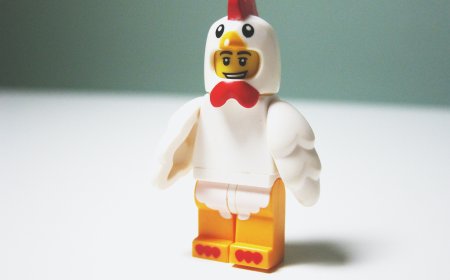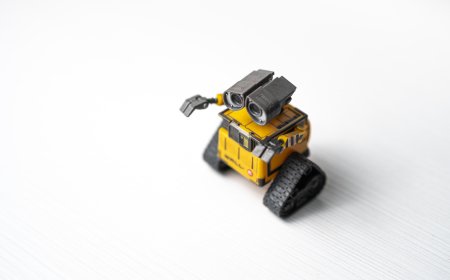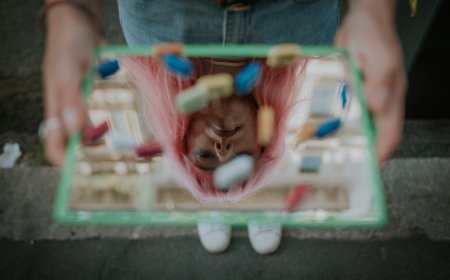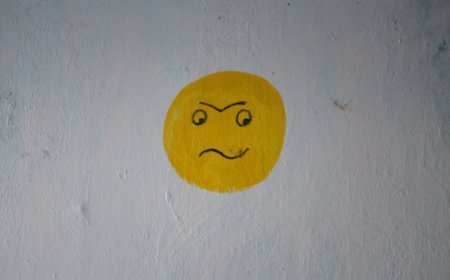The World Under a Microscope: A Peek into Microbiology for Children Ages 8 to 12
Microbiology is a captivating branch of "mystery science" that uncovers the secrets of the microscopic world. In this article, we'll introduce children ages 8 to 12 to the wonders of microbiology and provide hands-on activities that will spark their curiosity and passion for exploring the world of microorganisms.

The Invisible World: An Introduction to Microorganisms
Microorganisms are tiny living creatures that are invisible to the naked eye. They include bacteria, viruses, fungi, and protozoa. Many microorganisms play crucial roles in our lives, such as breaking down waste, helping us digest food, and even protecting us from harmful invaders.
Activity: Making a Microorganism Poster
- Gather materials for creating a poster, such as paper, markers, and access to a computer or library for research.
- Help your child research different types of microorganisms, including their shapes, sizes, and functions.
- Encourage your child to draw and label the different microorganisms, adding interesting facts about each one.
- Display the poster as a fun and educational decoration.
Bacteria: The Good, the Bad, and the Ugly
Bacteria are single-celled microorganisms that come in various shapes and sizes. While some bacteria cause diseases, many others are beneficial and essential for maintaining a healthy environment.
Activity: Bacteria Growth Experiment
- Gather materials for the experiment, such as agar plates, cotton swabs, and a plastic bag.
- Help your child swab different surfaces in your home, such as a doorknob, a countertop, and their own hand.
- Gently rub the swab on the agar plates and seal them in the plastic bag.
- Store the plates in a warm, dark place for a few days, then observe the growth of bacteria colonies.
- Discuss the importance of cleanliness and hygiene to prevent the spread of harmful bacteria.
Note: Adult supervision is required for this activity, and children should not touch the bacterial colonies.
Viruses: Tiny Invaders
Viruses are even smaller than bacteria and require a host cell to reproduce. They can cause illnesses like the common cold, flu, and more severe diseases. Understanding how viruses spread and how our immune system fights them is essential for staying healthy.
Activity: Virus Transmission Game
- Divide a group of children into two teams: "Healthy" and "Infected."
- Give each "Infected" child a small sticker or another marker to represent the virus.
- Have the children mingle and shake hands with each other, with the "Infected" children secretly passing the sticker to the "Healthy" children.
- After a few minutes, stop the game and see how many children have become "infected."
- Discuss the importance of washing hands and practicing good hygiene to prevent the spread of viruses.
Using a Microscope: A Portal to the Microscopic World
Microscopes are essential tools for microbiologists, allowing them to study microorganisms in detail. Introducing children to microscopes can help them appreciate the complexity and beauty of the microscopic world.
Activity: Exploring the Microscope
- Obtain access to a microscope, either by borrowing one or visiting a local science center.
- Prepare a few slides with samples of pond water, a drop of yogurt, or thin onion skin.
- Help your child observe the samples under the microscope, adjusting the magnification to reveal the hidden world.
- Discuss the shapes, sizes, and movements of the microorganisms observed and how they are essential to life.
By introducing children ages 8 to 12 to the fascinating world of microbiology, you can spark their curiosity and passion for "mystery science." With engaging activities and hands-on learning experiences, your young explorers will be well on their way to uncovering the secrets of the microscopic world and developing a lifelong love for the study of microorganisms.
Disclaimer: The image(s) featured in this article are for illustrative purposes only and may not directly depict the specific concepts, situations, or individuals discussed in the content. Their purpose is to enhance the reader's understanding and visual experience. Please do not interpret the images as literal representations of the topics addressed.
What's Your Reaction?






























